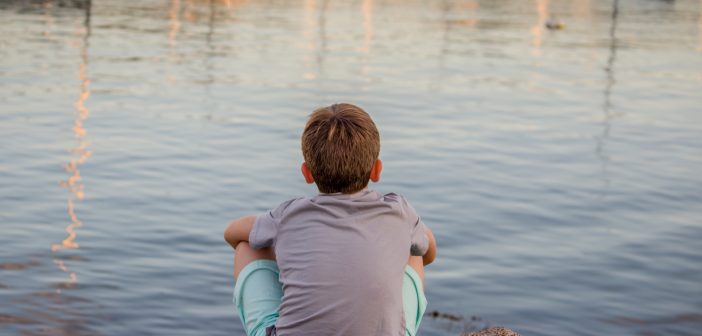Methods of discipline used in schools today have come a long way from things like the cane, writing hundreds of lines or marching around a playground.
Most schools use a consequence-based approach to behaviour management with clearly articulated stages such as warnings, buddy classes and ‘reflection’ time. There are also rewards for good behaviour such as stickers, awards and other “prizes”.
This approach of punishing negative behaviour and reinforcing positive behaviour works on the assumption that the child in question has the ability to self-regulate.
However, in the case of children with diagnoses such as autism, ADHD, oppositional defiant disorder (ODD), this is not always the case. In fact, any child (or adult!) can act out when they are experiencing big feelings such as overwhelm, stress or anxiety.
It is being increasingly recognised that in these situations, it is more effective to treat the emotional cause behind the behaviour so the child can learn how to deal with the situation in a healthy way and move forward.
American psychologist Ross Greene has developed a method called Collaborative and Proactive Solutions (CPS) based on neuroscience research, which is being adopted in schools and juvenile facilities as an alternative to consequence based discipline.

Greene refers to “challenging kids” and states that they are this way because they are lacking the skills to not be challenging.
Rather than just trying to control the child’s behaviour, the CPS method is based on teaching the child how to master themselves.
According to the CPS website:
The goal is to foster a collaborative partnership between adults and kids and to engage kids in solving the problems that affect their lives. As such, the CPS model is non-punitive and non-adversarial, decreases the likelihood of conflict, enhances relationships, improves communication, and helps kids and adults learn and display the skills on the more positive side of human nature: empathy, appreciating how one’s behavior is affecting others, resolving disagreements in ways that do not involve conflict, taking another’s perspective, and honesty.
As a parent of a child who often exhibits inexplicable “challenging behaviours”, it is refreshing to hear about a discipline model that doesn’t involve counting, sticker charts or negative consequences. I know first hand how these things can simply not work for some kids.
The CPS model has three simple steps:
- Empathy – gather information to get an understanding of the child’s perspective of the problem
- Define the Problem – the adult perspective of the problem
- Invitation – the adult and child work to develop a plan of action for a solution that both parties are happy with.
Reading about the CPS approach was like a light bulb moment for me. It is such a respectful and logical way to deal with kids who are clearly struggling in the moment.
For an over wrought child, a problem can seem insurmountable but with patience and understanding it can often be easily overcome. I’ve lost count of the times my son has had an epic meltdown over the tiniest issue, unable to see a way to move past it without guidance and support.
However, I can see how it would be a daunting prospect for teachers to apply this type of model in a classroom setting where they are also trying to meet the needs of 20-something other students.
Utilising a CPS approach in a school setting would take some logistical and resource considerations but based on success stories from the US schools trialling it to date, it appears well worth it.

